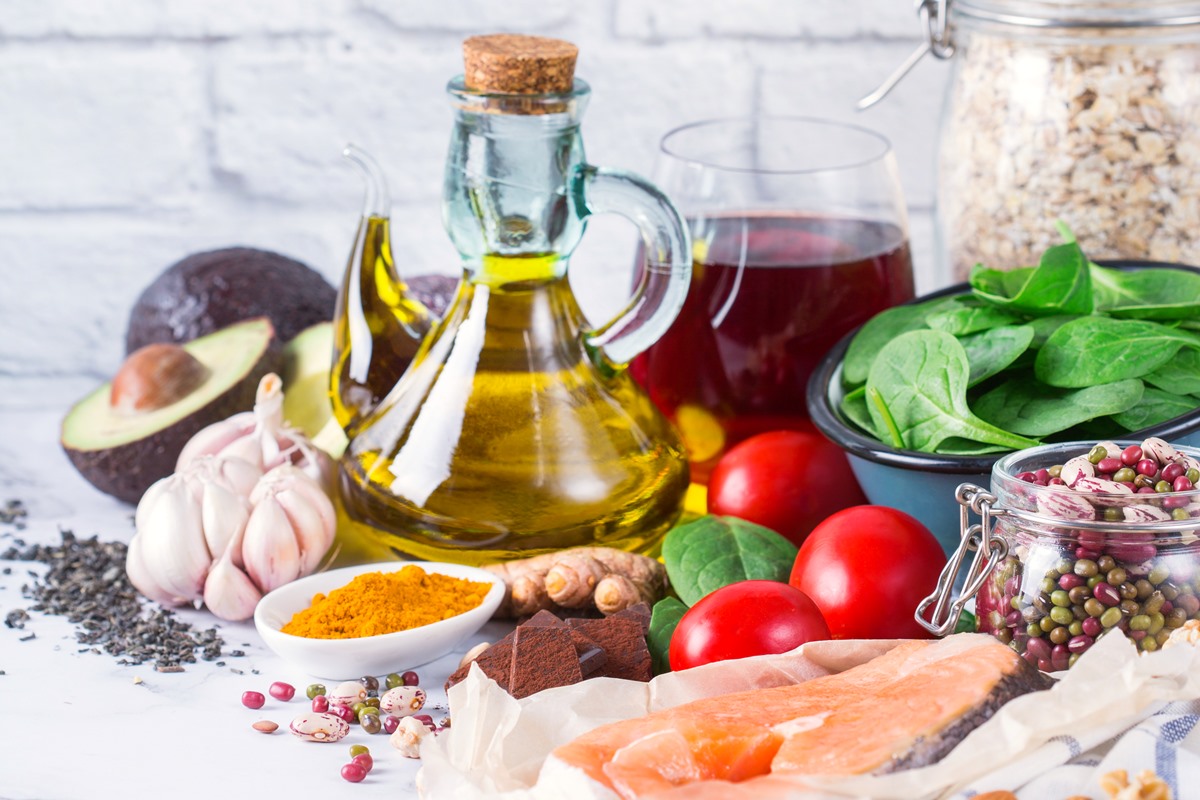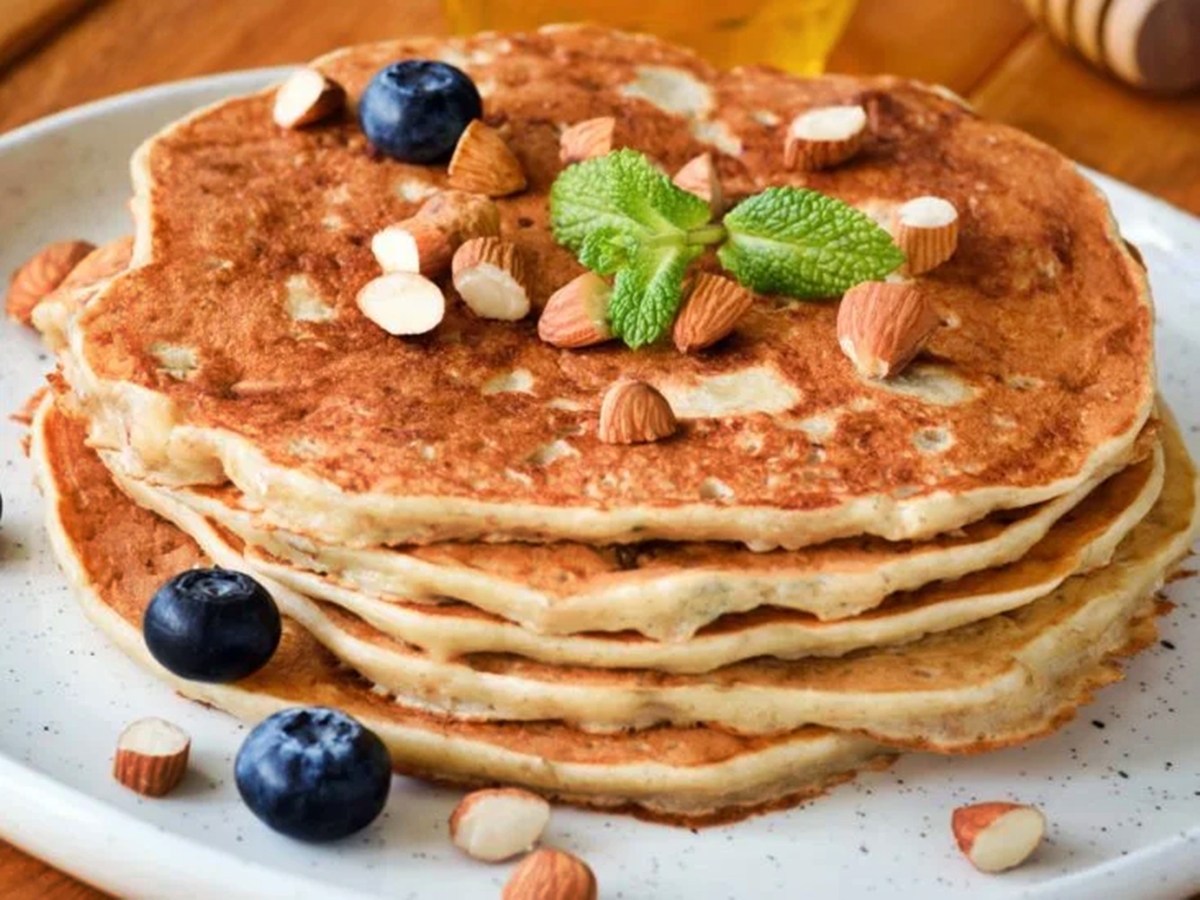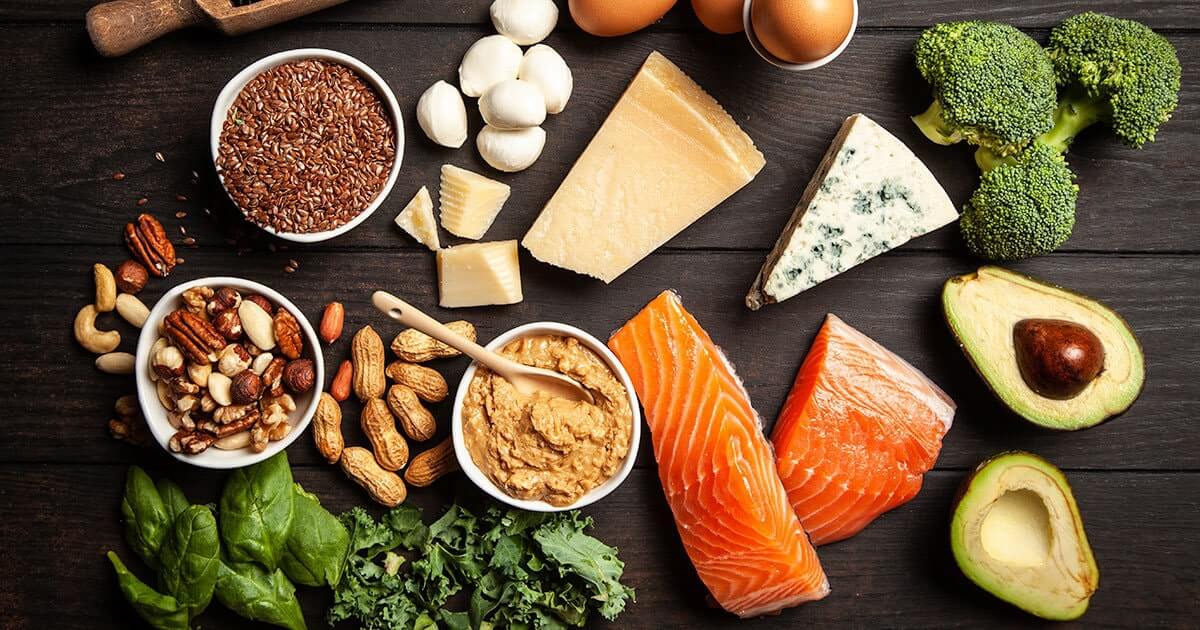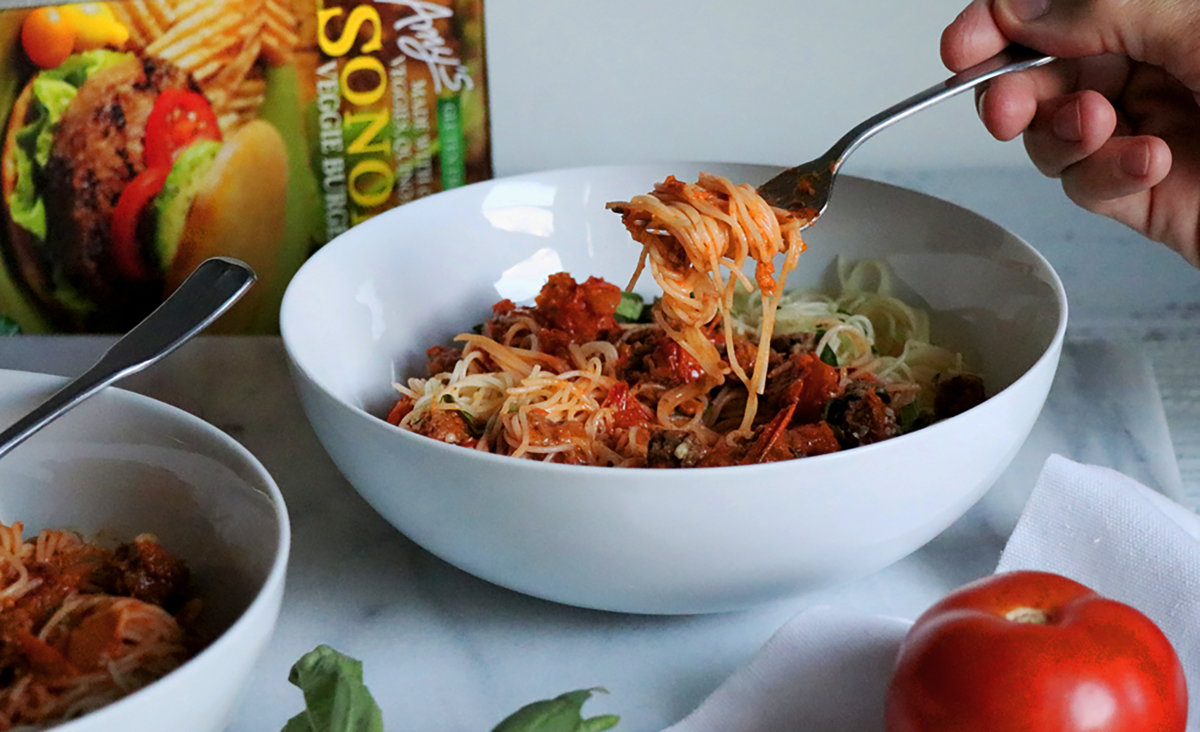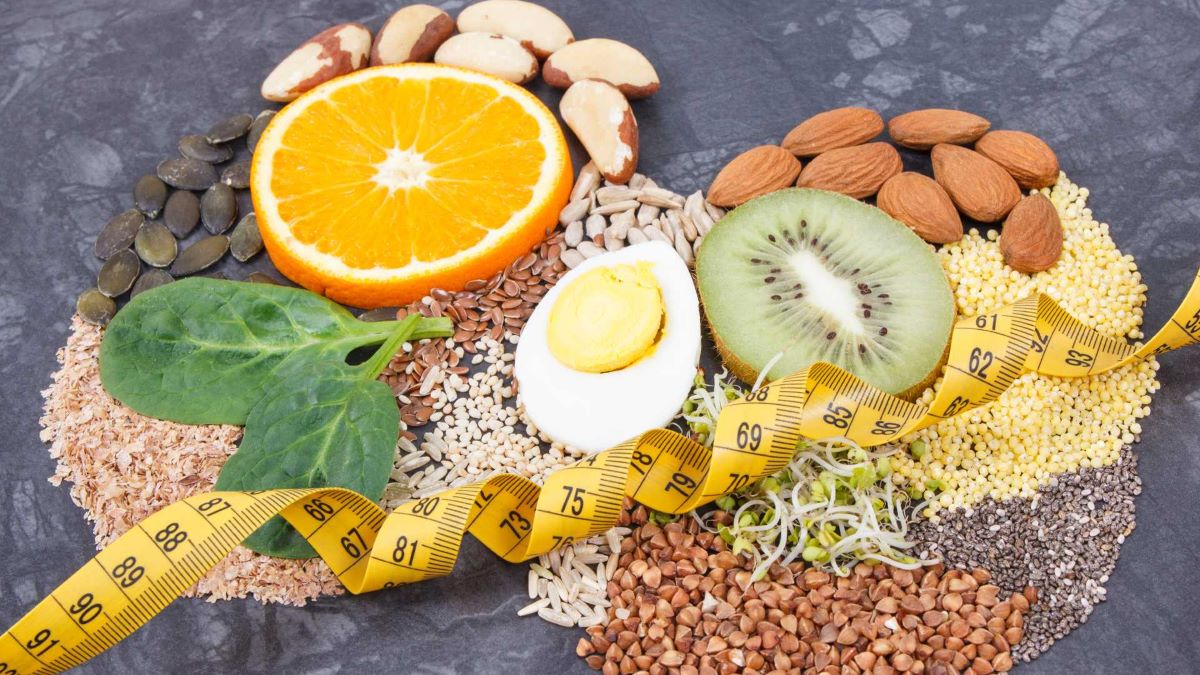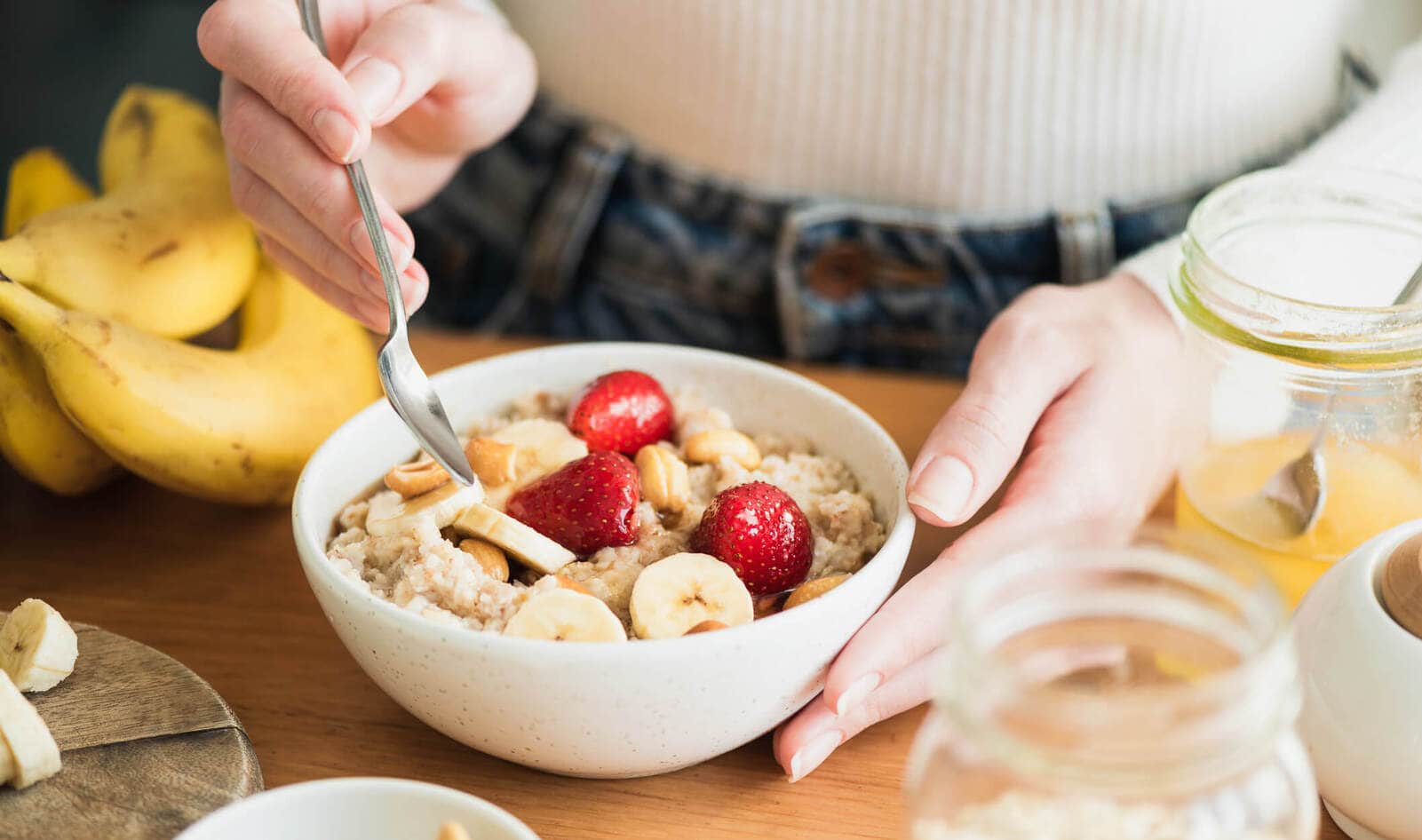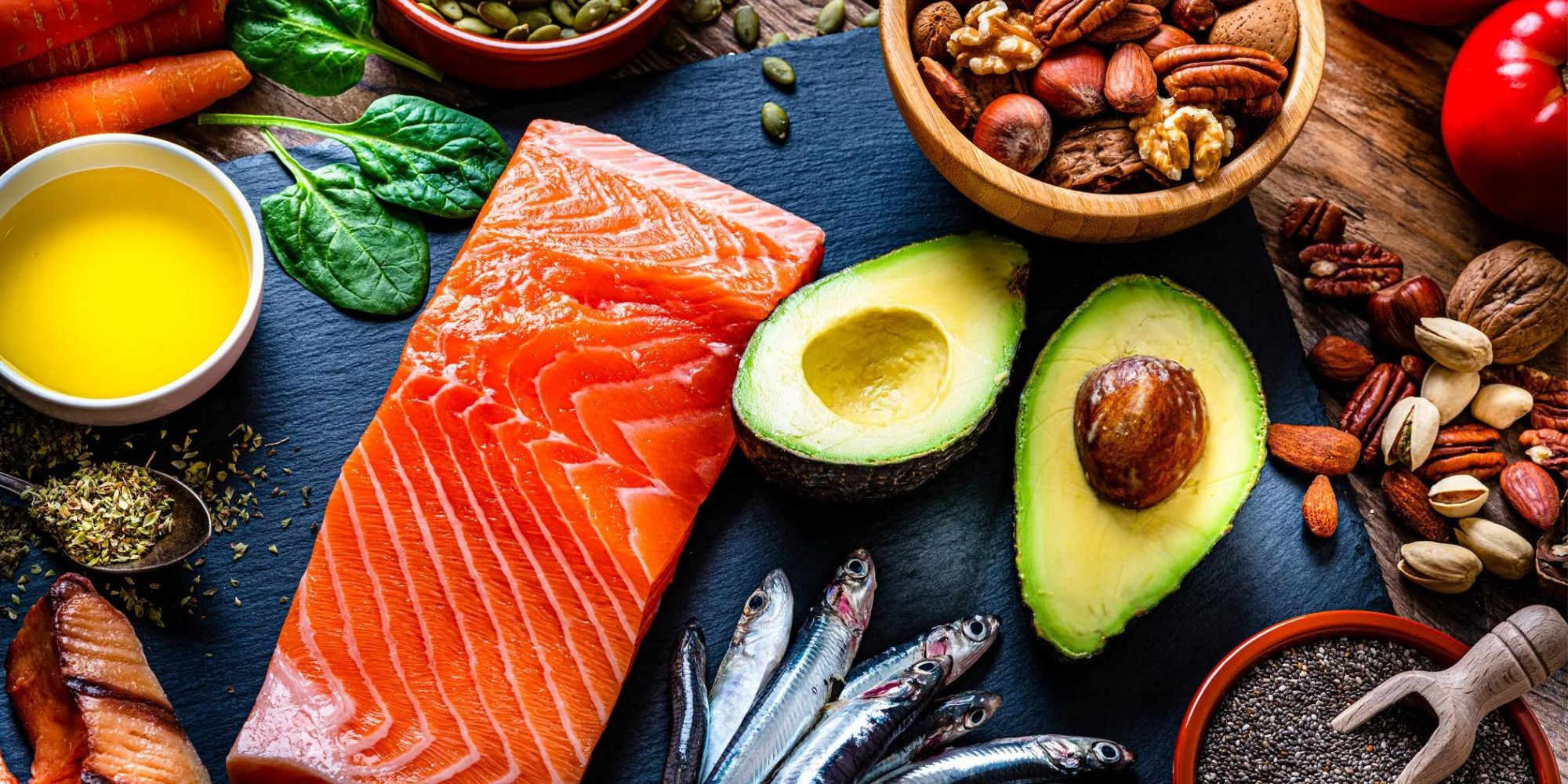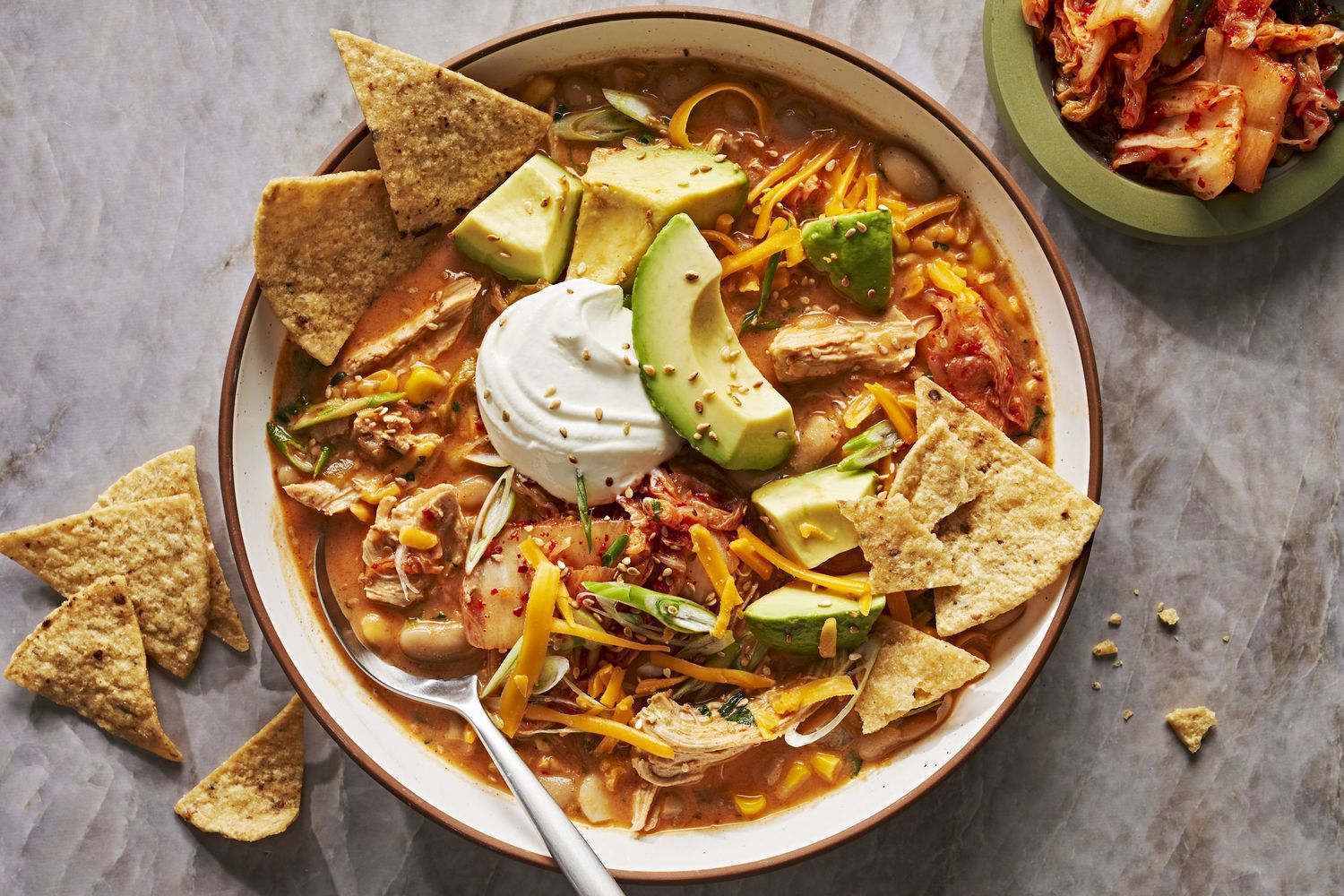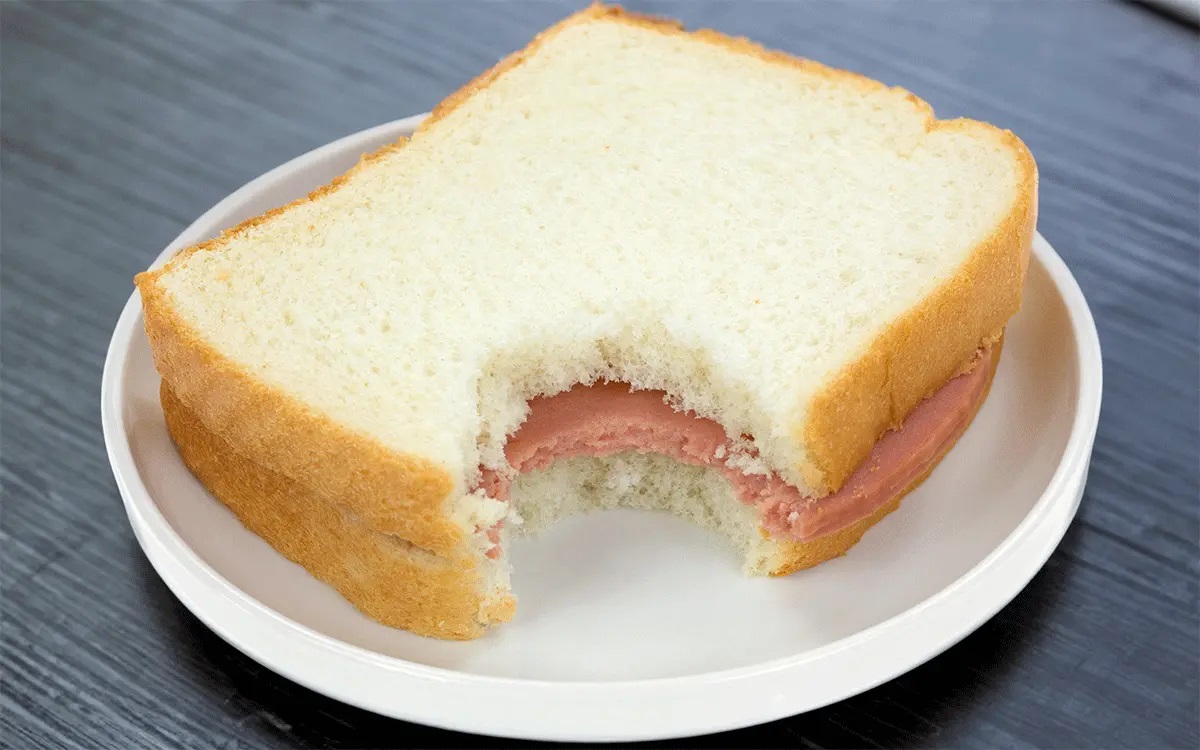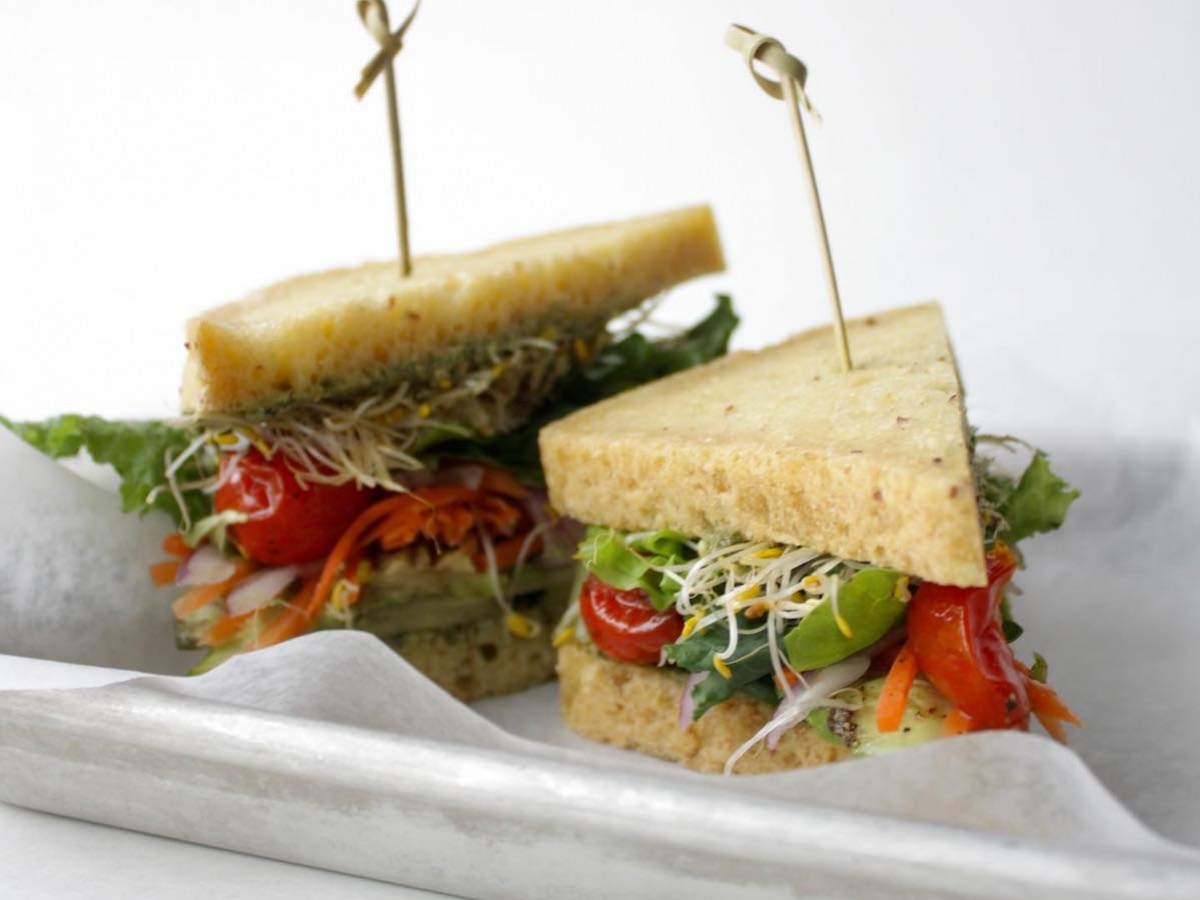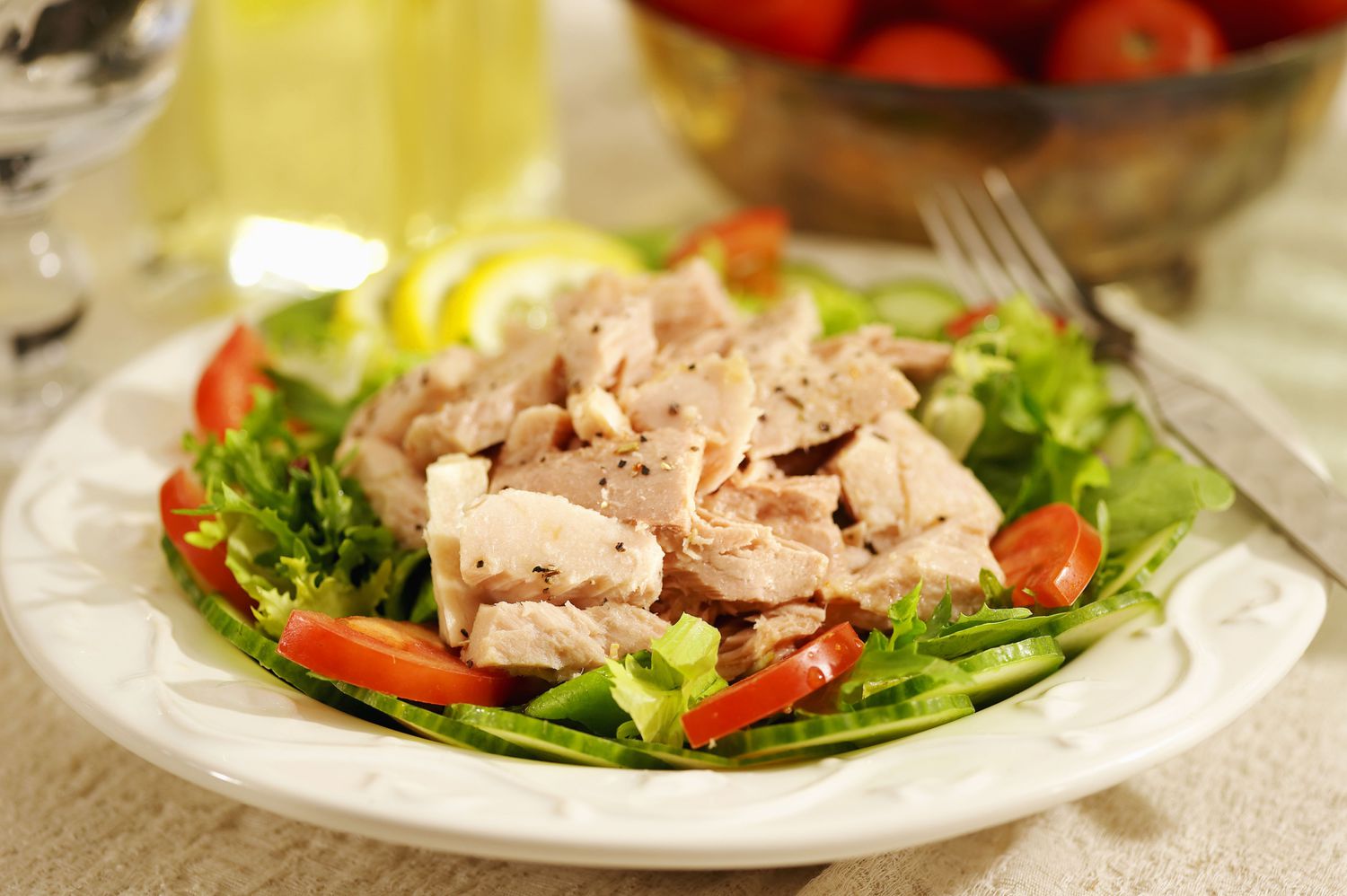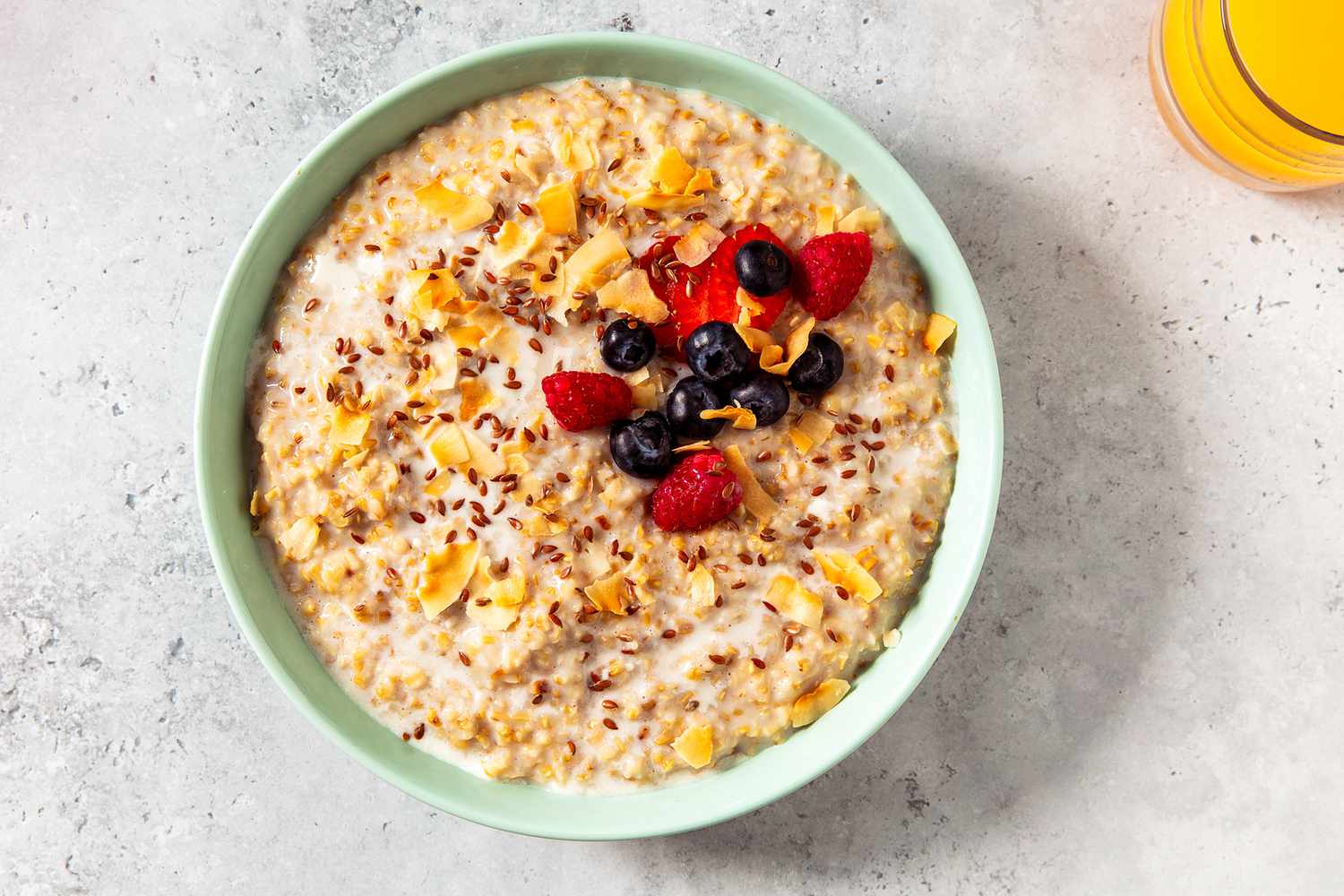Transitioning to a Gluten-Free and Dairy-Free Diet
Transitioning to a gluten-free and dairy-free diet can be a daunting task, but with the right knowledge and resources, it can be a smooth and enjoyable process. Whether you have dietary restrictions or simply want to explore a new way of eating, there are plenty of delicious and nutritious options available to you. Here are some tips to help you navigate the world of gluten-free and dairy-free eating:
Understanding Gluten and Dairy
Before diving into the specifics of a gluten-free and dairy-free diet, it’s important to understand what gluten and dairy are and why some people choose to avoid them. Gluten is a protein found in wheat, barley, and rye, and it can cause digestive issues for individuals with celiac disease or gluten sensitivity. Dairy refers to products derived from cow’s milk, such as cheese, yogurt, and butter, and some people may be lactose intolerant or have dairy allergies.
Focus on Whole Foods
When transitioning to a gluten-free and dairy-free diet, it’s best to focus on whole, unprocessed foods. This includes fruits, vegetables, lean proteins, nuts, and seeds. These foods are naturally free of gluten and dairy and provide essential nutrients to support overall health. Incorporating a variety of colorful fruits and vegetables into your meals can ensure that you’re getting a wide range of vitamins and minerals.
Read Labels Carefully
Many packaged foods contain hidden sources of gluten and dairy, so it’s important to become a diligent label reader. Look for gluten-free and dairy-free labels on products, and familiarize yourself with common ingredients that may indicate the presence of gluten or dairy. Some key ingredients to watch out for include wheat, barley, rye, milk, cheese, and whey.
Explore Alternative Grains and Flours
While wheat, barley, and rye are off-limits on a gluten-free diet, there are plenty of alternative grains and flours to enjoy. Quinoa, rice, buckwheat, and millet are all naturally gluten-free and can be used in place of traditional grains. Additionally, there is a wide variety of gluten-free flours available, such as almond flour, coconut flour, and chickpea flour, which can be used in baking and cooking.
Get Creative in the Kitchen
Transitioning to a gluten-free and dairy-free diet doesn’t mean sacrificing flavor or variety. In fact, it can be an opportunity to get creative in the kitchen and explore new ingredients and recipes. Experiment with dairy-free alternatives like almond milk, coconut yogurt, and cashew cheese. There are also many gluten-free baking mixes and recipes available that allow you to indulge in your favorite treats without compromising your dietary needs.
Seek Support and Resources
Finally, don’t be afraid to seek support and resources as you navigate your gluten-free and dairy-free journey. There are numerous online communities, cookbooks, and blogs dedicated to gluten-free and dairy-free living, where you can find tips, recipes, and encouragement. Connecting with others who share similar dietary restrictions can provide valuable insight and inspiration.
Transitioning to a gluten-free and dairy-free diet may require some adjustments, but with the right approach, it can lead to a healthier and more vibrant way of eating. By focusing on whole foods, reading labels, exploring alternative ingredients, and getting creative in the kitchen, you can embrace a gluten-free and dairy-free lifestyle with confidence and enjoyment.
